To pastor Stephen Witmer, the past year and a half has felt like living on roller skates.
“It was as if I was trying to do the dishes, preach a sermon, and parent my kids on roller skates 24/7,” said Witmer, who is not a whiz at the roller rink. “I could do it, but disaster was always imminent. . . . I was always feeling like I might need to pivot tomorrow and do something else. It never totally felt like I was out of the woods.”
It still doesn’t. As the Delta variant pushes up hospitalization rates, governments, companies, and school districts are wobbling through decisions on whether or not to require vaccinations, make masks optional, encourage workers to return to the office, or move meetings and classes online.
Churches are in much the same position—keeping an eye on local infection rates and government guidance while at the same time hoping to gather in person, restart Bible studies and Sunday schools, and motivate volunteers.
“For me, it’s been really up and down, with some sweet joys and some real discouragements,” Witmer said. “You’re dealing with all of this for yourself, and trying to help people think corporately about it too.”
TGC asked five pastors from around the country how many of their congregants have returned to in-person services, whether they expect to be running a full slate of programming this fall, and how they’re getting people to volunteer.
Name: Darryl Williamson
Church: Living Faith Bible Fellowship
Location: Tampa, Florida (population 388,000)
Average Attendance: 120 to 130 pre-COVID, around 200 on livestream now
Giving: Stable
Living Faith Bible Fellowship hasn’t met in person and indoors since March of 2020. Wanting everyone—even the most vulnerable—to be able to regather at the same time, pastor and TGC Council member Darryl Williamson has been abundantly cautious. (One person he’s mindful of is his wife, Julie, who had a kidney transplant and is immunocompromised.)
But that doesn’t mean he hasn’t been doing anything. Over the past 18 months, Living Faith has introduced a regular pre-sermon time of prayer and post-sermon Q&A sessions. “Our gathering time on Sunday is now about three and a half hours,” Williamson said.
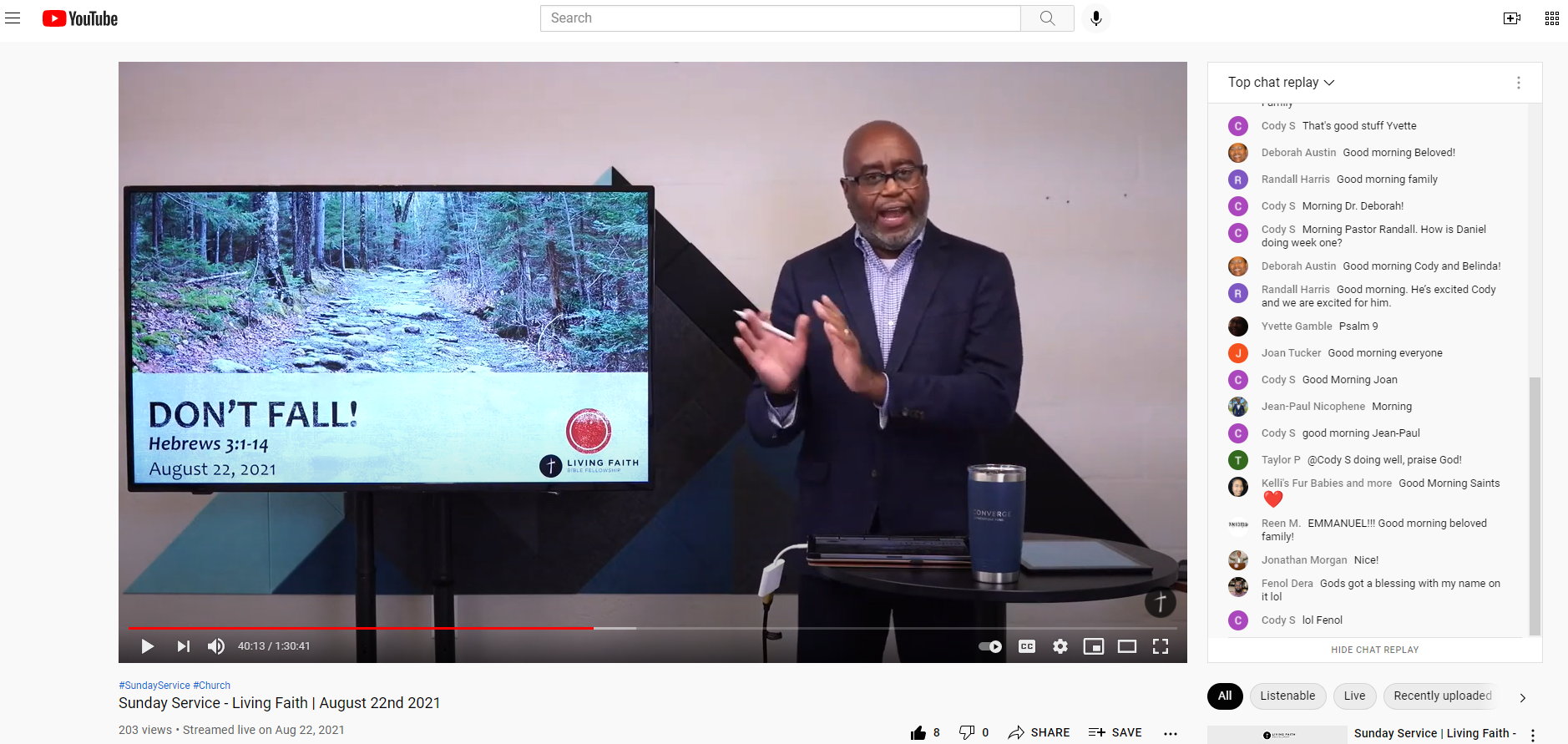
Living Faith has also found a permanent home. Church leaders purchased and began renovating an old United Methodist Church with a sanctuary, an education building, and an office building. “COVID really helped with the affordability,” Williamson said.
The church has set up partnerships with ministries both for young men aging out of foster care and for single moms. They’ve set up a crisis pregnancy center to open at the church in January. And they’re dreaming about putting in a playground for neighborhood kids (there’s no park within walking distance) and launching a preschool.
“Our pandemic theology is one of peacefully waiting,” Williamson said. “That doesn’t mean we aren’t engaged in mission, but we aren’t going to manage the pandemic. God is going to control it, by his providence.”

Some people have left, frustrated with the choice to stay online. Others have joined, drawn by Williamsons’ theology and his approach to justice. “After George Floyd, we had a lot of folks struggle with the ways their churches were responding to issues of racial justice,” he said. “We’re very much a black-and-brown, multicultural church—but interestingly, most of our COVID growth was in white families.”
He’s aiming to introduce his congregation to their new building in October, after the Delta numbers have dropped and the sanctuary renovations are finished. He knows that by then, after months of livestreaming, people will need to be rallied together. “I don’t think anyone is openly questioning the importance of gathering,” he said, “but practically, some may have been trained or shaped over the past year and a half to not value gathering.”
After so long apart, and in a new space, he sees the coming together as a kind of replanting. So he’s been preaching through the church mission, vision, and values this year, and is about to launch a new series in Esther.
“We want to spring back into mission,” he said. “We don’t want folks to come together just to do it, but to serve Jesus together.”
Name: Stephen Witmer
Church: Pepperell Christian Fellowship
Location: Pepperell, Massachusetts (population 12,000)
Average Attendance: 240 to 250 pre-COVID, 175 to 200 now in-person (more online)
Giving: Up, both in general giving and to benevolence
In the race to vaccination, Vermont is winning in every category. But hot on its heels in Massachusetts, with 66 percent of people fully vaccinated and more than 75 percent with at least one dose.
Since the summer of 2020, Pepperell Christian Fellowship has been holding both of its services online and in person. A few weeks ago, the elders cut the livestream to the second service, explaining in a letter to the congregation why it wasn’t an adequate substitute for gathering in the long term.
Pepperell’s staff is planning for a full slate of programs this fall, and they’re buying air purifiers, communicating with the congregation, and keeping an eye on Massachusetts mask mandates in order to help it happen. They’ve got all the volunteers they need, pastor Stephen Witmer said. And he knows why.
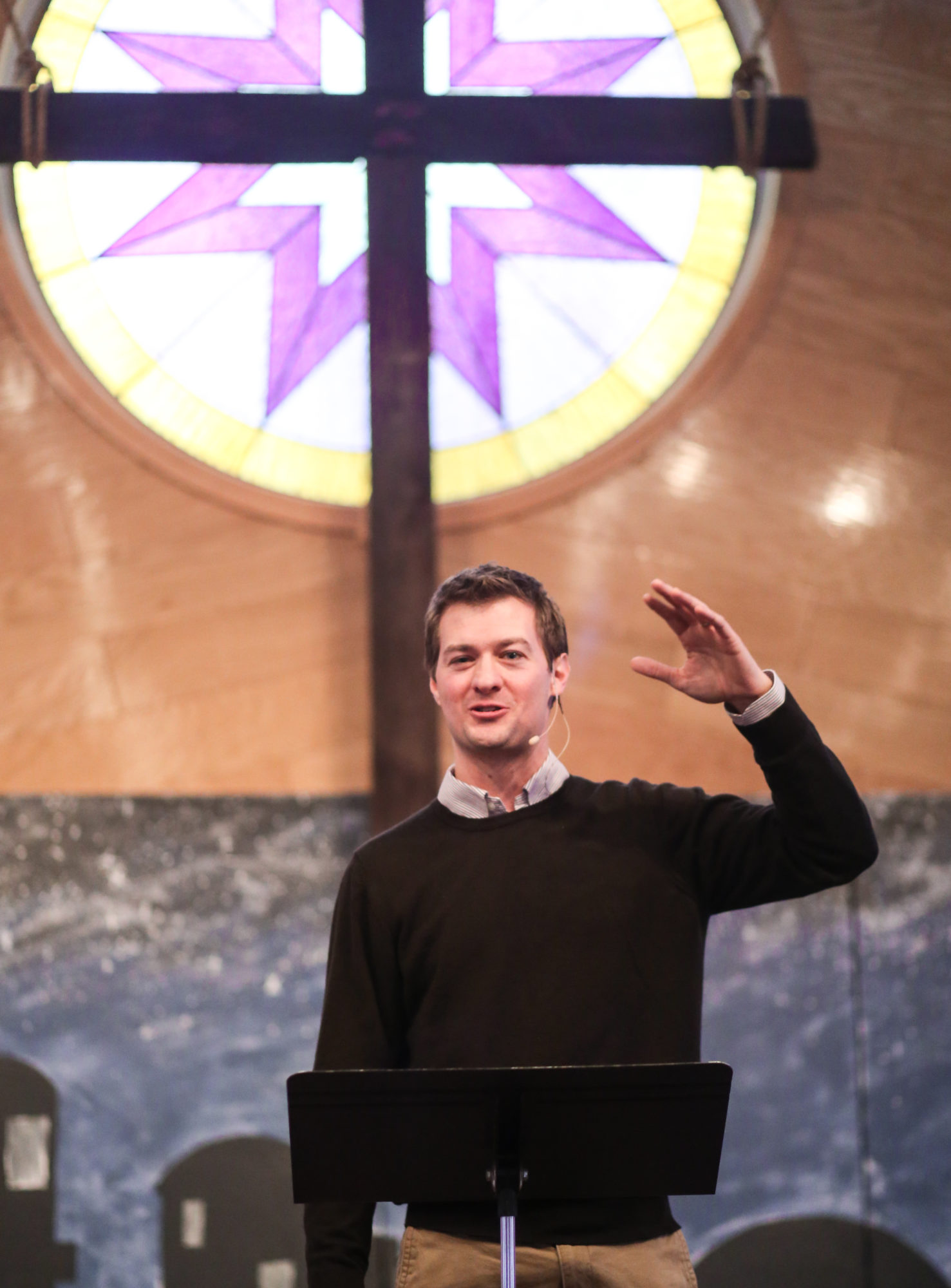
“Our children’s ministry coordinator is very motivated—she’s taken many of the volunteers out for coffee over the last few months,” he said. “She’s listened to them, heard their vision, and asked them about coming on board.”
He’s done the same thing, meeting with members who haven’t returned to share coffee, conversation, and an invitation to come back. People have responded, but it’s slow going. Some have a better reason for staying away than he expected—for example, one woman hadn’t been in the sanctuary since her son’s funeral, and was dreading the experience. (She’s back now.)
“There is no substitute for personal interaction in getting people back,” Witmer said. “We did upfront communication, sent letters, and sent emails—and I do think people are reading them. But you have to pursue people.”
It’s a lot of work, and it can be discouraging.
“It’s not taken nearly as much as I thought it would to knock some people off their game spiritually,” he said. “Some guys I’d invested in deeply are floundering spiritually. . . . It made me wrestle with where the boundary is between my responsibility to disciple them and their responsibility.”
Some have left his church altogether. But not every departure was bad. “Our church is aggressively pursuing church planting,” Witmer said. “Some folks were not on board with that, and they’ve gone to another church. And actually, I can see about 10 ways during COVID that, to our surprise, God has moved us forward in our church-planting goal. Among other things, he’s brought people to our church who are going to serve that vision.”
In addition, over the past 18 months, a handful of small-town New England churches have formed a collaborative to start planting together. “When we emerge from this, we’re going to be way farther down the road on planting than we were before,” he said. “God gets all the glory, because we had no control over that.”
Name: Steve DeWitt
Church: Bethel Church and Ministries
Location: Crown Point, Indiana (population 30,000)
Average Attendance: 3,400 pre-COVID, about 2,300 in-person and 1,100 online now
Giving: Up
When the weather cooled off last fall, Bethel Church had to stop its outdoor worship services and move everyone indoors. With multiple services in multiple campuses, they used color coding: orange meant you should socially distance and wear masks during singing; yellow meant you could sing without a mask. Later they added blue (social distancing but no mask requirements) and green (no masks or distancing required).
A lot of larger churches have been more cautious with restrictions, mindful of the number of people they’re affecting and potentially exposing, pastor and TGC Council member Steve DeWitt said. “I’m personally a fan of providing options and letting people decide. That has really minimized the rancor about these sorts of things.”

His auditorium seats 1,000 on the floor and 500 in the balcony. “By the spring, the floor was orange and the balcony was green,” he said. “Over time, the balcony was getting packed and the floor was less so, so we swapped them in June.”
Lately, people have been heading to the more restricted balcony—although so far, not enough to warrant a switch back.
“We’re two-thirds in-person, one-third online right now,” said DeWitt, who hadn’t livestreamed any of his sermons to the public before COVID. “One of our major discipleship challenges is re-engaging that third.”
He’s planning a teaching series on spiritual disciplines, including how important fellowship and community is to growing as a Christian. The staff are working through membership lists, checking in on people to see how they’re doing. And this summer, they’ve held occasional outdoor services in hopes of gathering those who are more cautious.
Reconnecting volunteers to meet ministry needs has also been challenging, particularly for Sunday mornings. “My theory is that ministries during the week are largely staffed by core people, and Sunday ministries—things like hospitality and children’s ministries—reach more into the next ring of commitment levels,” he said. “Maybe that’s a demographic that’s still uneasy about being at the church.”
One thing that has not been difficult is finances. “By God’s grace,” he said, “our people have been incredibly supportive and generous throughout the whole thing.”
Name: Joel Carlson
Church: Emmaus Road Church
Location: Bozeman, Montana (population 47,000)
Average Attendance: 115 pre-COVID, 120 now (some online)
Giving: Up
On paper, the steady growth of Joel Carlson’s church plant didn’t slow during COVID. But in the pews, the faces switched around.
“I’ve been shocked,” Carlson said. “Some of the people who have been part of our church since we planted, who I thought were at the core, they took off. And other people, who I thought were on the fringes, not committing to anything, they gravitated toward the center.”
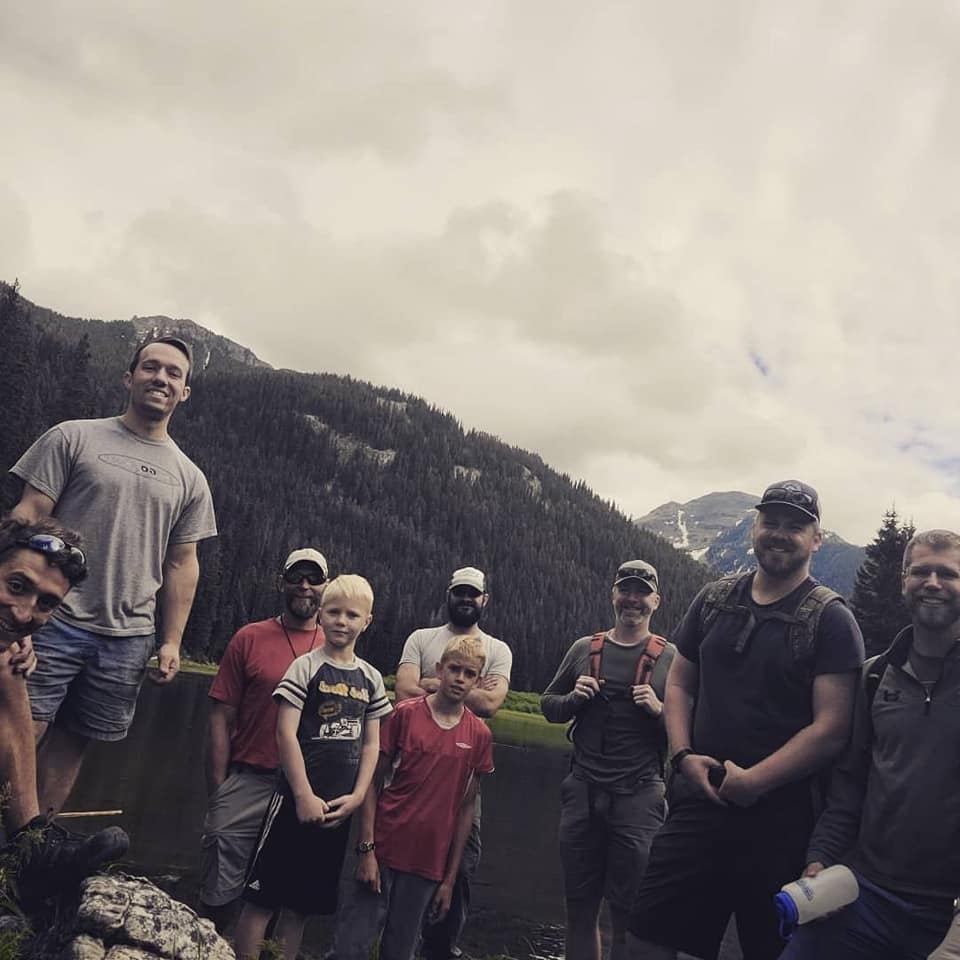
Everyone has been forced to grapple with how important church is for their own faith, he said. “People who were playing along for traditional, cultural, or family reasons took off. Others had more of a wake-up call—what am I doing out here on the fringes?”
Montana’s infection rates have been low, and the state government largely relaxed about masking. So Emmaus Road hasn’t had too many issues with how they meet—just where they meet.
The five-year-old church doesn’t yet have a building, and has bounced from a university campus to an elementary school, a space above a bar, and two different church buildings. During COVID, three churches—each with fewer than 20 members—from three different denominations approached Emmaus Road about giving them their assets.
None worked out, mostly because “we were too conservative,” Carlson said.
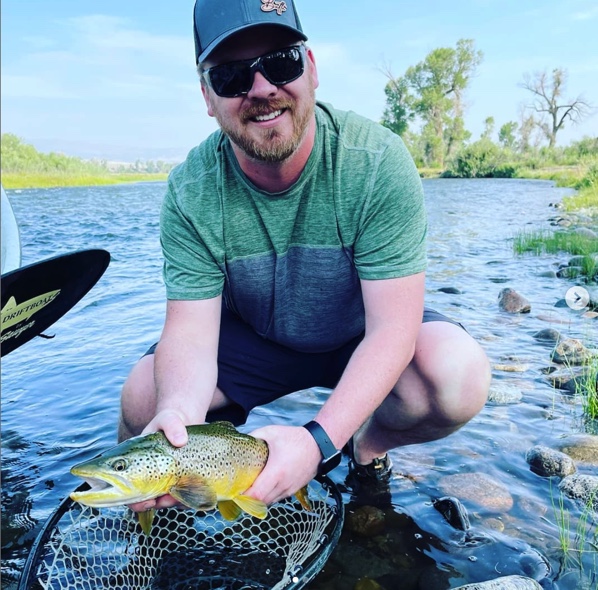
These days, the church meets in a community-events center. “Our current landlords are very nervous about the Delta variant,” he said. “That makes me quite nervous. Our life is constantly thinking, When this doesn’t work out, what’s next? We’re always looking for a backup.”
Even in the uncertainty, the church recently celebrated its fifth birthday and is gearing up to invite the neighbors to its annual chili cookoff in October.
“This past weekend I taught the largest membership class ever—it had nine people in it,” said Carlson, who planted with 19. “God cares about this church more than I do. He sustains it by his grace and purposes.”
Name: Robin Lee
Church: New Life Presbyterian Church
Location: Escondido, California (population 151,000)
Average Attendance: 580 adults (800 with kids) pre-COVID, 500 adults (700 with kids) now
Giving: Down, now stabilized
The first Sunday in September, New Life Presbyterian Church opened a brand-new counseling center.
“In the midst of things shutting down and feeling discouraged, to see something new is very encouraging,” executive pastor Robin Lee said.
COVID was hard on New Life—about 15 percent of the congregation left, some to other churches, others to other states. The giving shrank accordingly, leading to a general belt-tightening—reducing budgets, bringing lunch from home instead of ordering in, and raising nominal program registration fees ($25 to $35).
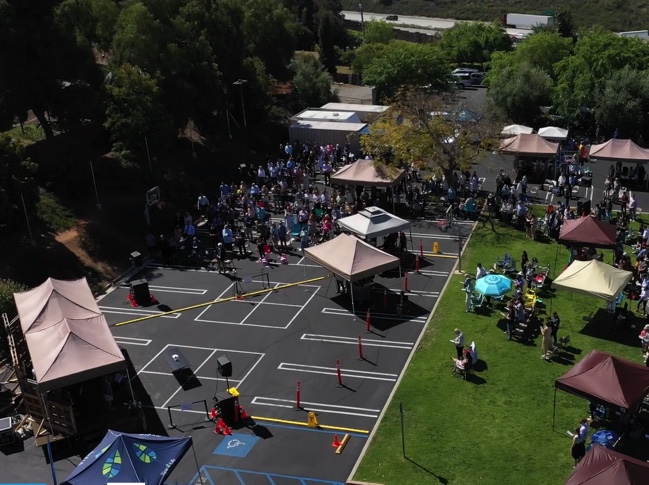
“We were hurting,” Lee said. “All our kids’ and youth ministry labor was super intensive since they were doing double-duty—providing both online and in-person experiences during the week. The Sunday outdoor services also required a lot of manpower—setting up AV speakers and chairs, pulling out canopies, and then putting them all back in. This was very taxing on our staff, since we had far fewer volunteers due to COVID concerns. I was worried about burning out our staff.”
So a few weeks ago, with vaccinations rising and fall programs getting underway again, they pushed hard to re-energize their volunteer base. First, an email announced Volunteer Sunday, and included a link to a free spiritual gift assessment. Then pastor Ted Hamilton mentioned it from the pulpit.
Volunteer Sunday was actually two back-to-back Sundays, and included video promotions and a sermon about serving the King drawn from 2 Samuel 23.
“After church, we had the whole patio with canopies and tables featuring 40 different volunteer positions in our 10 main areas of ministry,” Lee said. “Between the two Sundays, we had about 100 new signups, in addition to the 150 or so we already had.” (If you’re keeping track, that’s about 250 volunteers in a church of 500 adults.)
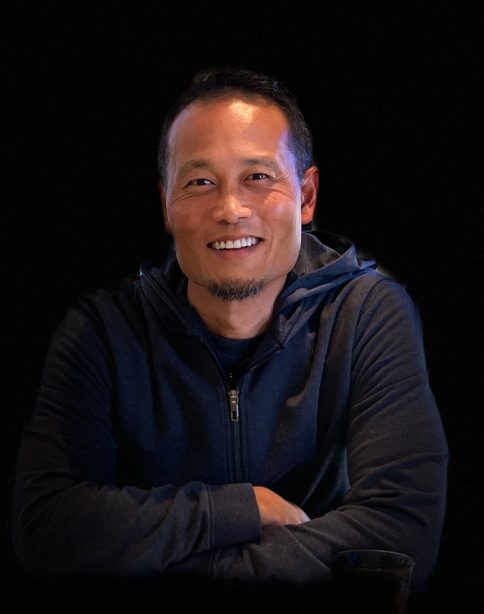
That wasn’t the only good news. Over COVID, the pastors learned that the congregation—which is split into two services—loved meeting all together outdoors. They’re hoping to continue that practice once a quarter. The church also held its biggest Easter service ever—with about 250 attendees who’d been invited by members of the congregation. And they were able to finish renovating the counseling center they’d dreamed of for years—and then found the counselors to staff it.
Over the past few months, the staff rearticulated and reapplied the church’s vision, mission, and values to their areas of ministry.
“It was one of the most life-giving, important meetings of the last year and a half,” Lee said. “Because as we lived through COVID, it was difficult to plan for anything. Things could and did change literally overnight.”
Making plans for the future was a relief and a joy.
“Several elders said they felt like we were on the verge of something wonderful,” Lee said. “It feels like we’re finally turning the page here. We’re ready to go—to live out our mission—to care for one another and our neighbors, share our faith, and magnify Christ in the world.”
TGC exists to support the local church. We’ve partnered with 9Marks and Crossway to publish Rediscover Church: Why the Body of Christ Is Essential by Collin Hansen and Jonathan Leeman [20 quotes]. In an age of consumerism and convenience, rediscover why the future of the church relies on believers gathering regularly as the family of God. Save by purchasing in our online store.
Is there enough evidence for us to believe the Gospels?
 In an age of faith deconstruction and skepticism about the Bible’s authority, it’s common to hear claims that the Gospels are unreliable propaganda. And if the Gospels are shown to be historically unreliable, the whole foundation of Christianity begins to crumble.
In an age of faith deconstruction and skepticism about the Bible’s authority, it’s common to hear claims that the Gospels are unreliable propaganda. And if the Gospels are shown to be historically unreliable, the whole foundation of Christianity begins to crumble.


































